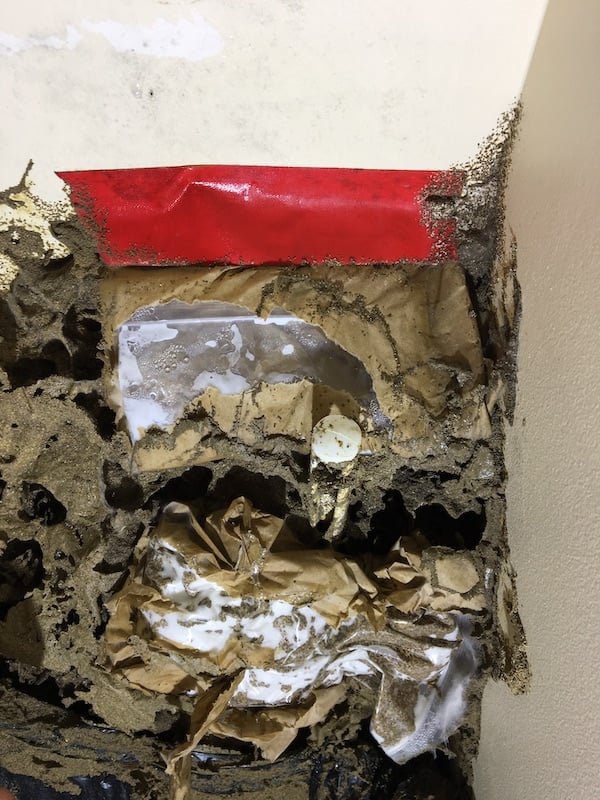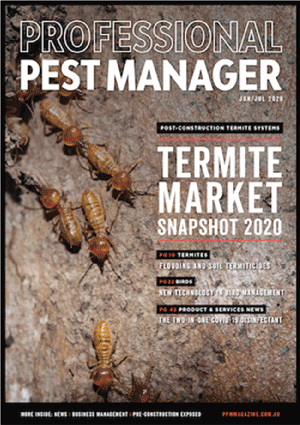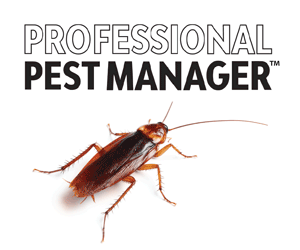Sherwood Chemicals offers a range of termite control products, including a termiticide dust, bait and foam, giving pest managers options for all situations.
When it comes to treating active termites within structures, there are a number of different product formats to choose from. Most pest managers have their favourite products, but when it comes to treating termites successfully, it’s important to keep an open mind and choose the best products for the situation and termite species on hand. Sherwood Chemicals offers a full range of termite products for treating active termites, with options for every situation.
Using termite baits
It’s important to remember that for any situation where termites are attacking a building, best practice stipulates that every effort should be made to locate and destroy the nest. Of course, in many cases this isn’t possible, so the use of termite baits is often a preferred solution. Although it will take longer to eliminate the active termites from the building compared to other options available – typically three or more months – baiting actually eliminates the colony attacking the building, reducing the termite pressure on the property.
TermatriX bait from Sherwood Chemicals is based on a highly attractive cellulose formulation. Termites feed on the bait and transport it back to the colony, where it is passed on to other termites, including the queen and larvae. The larvae in the nest moult more frequently than workers so die first. In addition, workers also return to the central part of the nest to moult. As a result, colony death is initiated in the very heart of the nest, resulting in colony collapse.

Baits are suitable for use in a wide range of situations, such as dry or humid conditions, with low or high levels of termite activity. However, baits are not suitable for use on all termite species. Baits provide optimal performance on the lower termites, such as Coptotermes, Schedorhinotermes and Heterotermes, whose workers continue to moult, but are less ideal on higher termites such as Nasutitermes and Microcerotermes, whose workers are adults and no longer moult. For higher termites, although baits will eliminate the colony, it will take much longer.
Treating termites with dust
If the homeowners are not prepared to wait an extended period to eliminate the termites, dust formulations can be a good option. Dry workings with wide tunnels allow easy injection of the dust, allowing it to flow through the galleries. Fipforce Dust from Sherwood Chemicals uses a mineral carrier instead of a cellulose carrier, which improves flow due to its smaller size and reduced moisture absorption. The Sherwood E-Duster makes application easy as it uses positive airflow to push the dust deep into the workings.
Termites in the workings get coated with the dust and others will walk over treated surfaces picking up the dust. Termites coated with the initial treatment will typically die within 6-9 hours and significant secondary transfer will see other termites dying in the subsequent days. Although dusts have good transfer properties, unless the nest is nearby, eliminating the colony is unlikely. It is therefore critical to dust as many of the termites and workings as possible and to monitor not only the sites of treatment, but also the termite entry points to the building, in order to determine when activity has ceased.
Using termiticide foam
Foaming is the third option and is the best solution if conditions are damp and baiting is not chosen, whether due to the species present or customer preference. As with dusting, it is important to foam as much of the active workings as possible. It is considered an invasive treatment as it has an immediate impact on termite behaviour, blocking off large areas of the workings for a period of time. Although this kills the termites present, it can cause the surviving termites to seal off the area. Monitoring for activity, especially at the entry points is therefore critical to determine whether activity has been eliminated from the building.
However, foams are a great option for direct nest treatment. Sherwood Chemicals’ Shieldrite Foam comes in a ready to use aerosol optimally formulated for a foam expansion rate of 30:1, which remains stable for up to 30 minutes in workings.
Eliminating active termites from buildings is the essential first step in the termite treatment process but must always be followed up with careful monitoring of termite activity, at both the feeding sites and the entry points, to confirm elimination.


